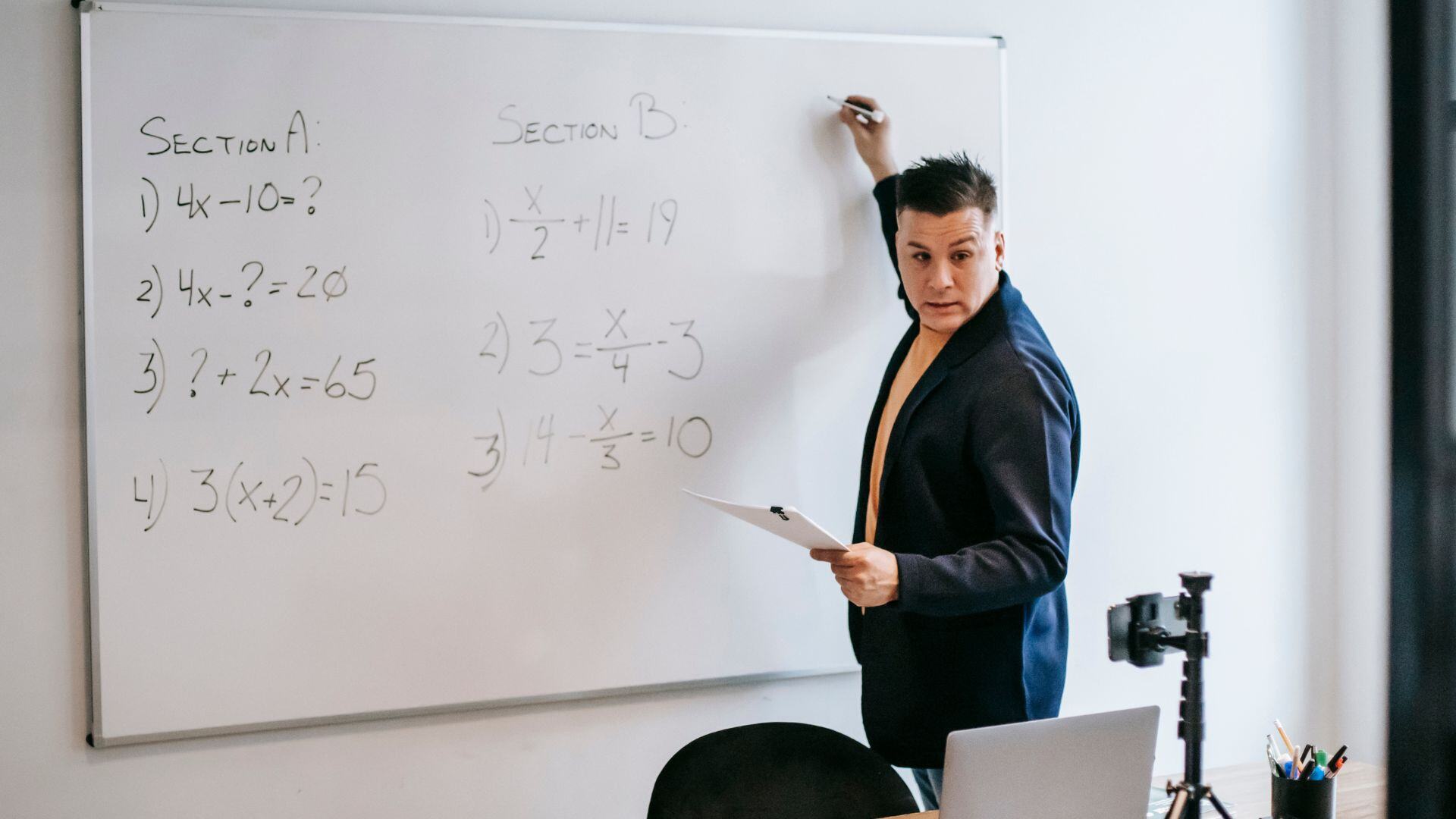As the EdTech industry grows, so does the responsibility to ensure that educational content is accessible to learners from all backgrounds, abilities, and needs. Inclusivity in EdTech is a necessity for driving equitable learning outcomes. By designing content catering to diverse learners, EdTech companies can promote engagement and success for all users. In this article, we explore how technology plays a pivotal role in enhancing accessibility and outline key principles for creating inclusive content that meets the needs of a diverse audience.
Leveraging Technology to Enhance Accessibility in EdTech
Technology has revolutionized the way education is delivered, and in many cases, it has broken down barriers for learners with disabilities. From adaptive learning platforms to immersive experiences, technological advancements offer incredible opportunities to make learning more accessible.
AI-Powered Adaptive Learning Systems
A powerful tool in the accessibility arsenal is artificial intelligence (AI). AI-powered adaptive learning systems personalize the learning experience by tailoring content to each student’s unique needs, learning style, and pace. This is particularly beneficial for learners with cognitive or learning disabilities, as AI can adjust the difficulty or delivery method of materials to suit their specific needs.
For example, AI-driven platforms can provide alternative forms of assessment—like oral quizzes for students with dyslexia or extended time on tasks for those with attention disorders. This personalization helps ensure that every learner, regardless of ability, can participate in a way that aligns with their strengths.
Immersive Technologies: VR and AR for Inclusive Learning
The rise of virtual reality (VR) and augmented reality (AR) has opened up new possibilities for creating inclusive learning environments. By offering immersive, multi-sensory experiences, these technologies engage learners in ways that traditional methods often cannot. For students with physical disabilities, VR and AR allow them to participate in simulations or virtual field trips and explore environments they otherwise might not be able to.
Although VR and AR technologies are still evolving, their potential to create engaging and inclusive educational experiences is vast. As the technology matures, EdTech companies will likely be able to offer more customized, accessible learning solutions.
Key Principles for Creating Inclusive EdTech Content
When designing inclusive EdTech content, it’s important to follow certain principles that ensure accessibility for all learners. Two key frameworks to consider are Universal Design for Learning (UDL) and ADA compliance, both of which guide creating content that is flexible and accessible.
Universal Design for Learning (UDL)
Universal Design for Learning (UDL) is a framework that aims to make learning accessible to all by providing multiple means of representation, engagement, and expression. UDL encourages the development of content that can be adapted to suit various learning preferences and abilities.
For example, offering visual and auditory versions of the same material allows students to choose how they engage with the content based on their needs. UDL also promotes interactive tools, such as quizzes or simulations, to give learners multiple ways to express what they’ve learned.
By applying UDL principles, EdTech companies can create content that’s not only accessible but also engaging for a wide range of learners.
Language and Cultural Sensitivity
In addition to accessibility, inclusive content must also be culturally and linguistically sensitive. EdTech platforms serve a global audience, and content that resonates in one region may not be relevant or appropriate in another. Creating content that’s culturally neutral—or, even better, localized—ensures that learners from diverse backgrounds feel seen and valued.
Localization involves translating content into various languages, but it goes beyond just word-for-word translation. It requires adapting examples, case studies, and even design elements to reflect the cultural context of the target audience. This makes learning more effective and promotes inclusivity by preventing cultural bias from alienating groups of learners.
Accessibility and ADA Compliance
Accessibility standards such as the Web Content Accessibility Guidelines (WCAG) and Americans with Disabilities Act (ADA) regulations provide a framework for ensuring that digital content is accessible to all users. These standards outline best practices for designing content that can be accessed by individuals with disabilities, including features like alternative text for images, keyboard navigation, and resizable text.
By adhering to these standards, EdTech companies can create platforms that are accessible by default, ensuring compliance with legal requirements while also making their content more inclusive.
Practical Steps for Developing Inclusive EdTech Content
Developing inclusive content is not a one-time effort but an ongoing process that requires collaboration, research, and iteration. Here are some practical steps EdTech companies can take to ensure their content is accessible to diverse learners:
- Audience Research: Conduct thorough research to understand the needs and challenges of your audience, particularly those with disabilities or from underserved communities.
- Collaboration with Experts: Work with inclusivity and accessibility experts during the content creation process to ensure that all needs are considered from the outset.
- Diverse Media Formats: Use a variety of content formats—such as videos, interactive exercises, and written text—to cater to different learning preferences.
- User Testing: Regularly test your content with learners from diverse backgrounds and abilities to identify areas where accessibility improvements are needed.
The Future of Inclusivity in EdTech
The future of inclusivity in EdTech will likely be shaped by advancements in technology, including more sophisticated AI systems, immersive VR/AR experiences, and improved assistive technologies. As these tools become more accessible, EdTech companies will be better equipped to create content that meets the needs of every learner.
Creating inclusive EdTech content is essential for ensuring that all learners regardless of abilities or backgrounds, have equal access to education. By leveraging technology, adhering to accessibility standards, and following best practices like UDL, EdTech companies can make a lasting impact on diverse learners. Inclusivity not only fosters better learning outcomes but also helps build a more equitable future in education.
Our agency is dedicated to helping businesses develop and execute successful marketing strategies. Get in touch with us today and discover how our expert B2B marketing services can help you unlock your business potential and achieve your goals!







